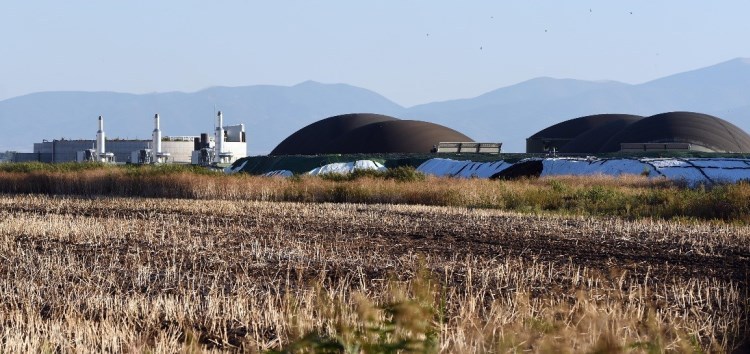
Countries striving to meet their growing energy needs while also lowering greenhouse gas emissions (GHG) are increasingly turning to renewables – such as hydro, wind and solar power – to reduce their dependence on fossil fuels.
One promising option, often overlooked by policy-makers, is to convert unused agricultural residues into bioenergy for heating, cooking and electricity. Nutshells, maize cobs, sunflower heads, and livestock manure are examples of agricultural residues.
Sustainable bioenergy options from crop and livestock residues, a new assessment by the Food and Agriculture Organization of the United Nations (FAO) and the European Bank for Reconstruction and Development (EBRD), explores this potential in three countries – Egypt, Turkey and Ukraine.
The work was part of the EBRD’s Sustainable Resource Initiative and builds on FAO’s Bioenergy and Food Security, or BEFS, approach.
“Clean and renewable energy is an important part of the solution to many of the environmental challenges we are facing,” said Emmanuel Hidier, senior economist in FAO’s Investment Centre.
“Using locally available crop residues and manure, that are otherwise unused, to produce bioenergy can be a sustainable alternative to fossil fuels.”
In Egypt, for example, briquettes and pellets made from locally available crop residues could potentially supply around 1.6 million households with energy for cooking and heating – significantly reducing the use of liquefied petroleum gas.
While a full BEFS assessment was not carried out in Ukraine, a review of recent bioenergy studies on agricultural residues found that the estimated availability of crop residues is significantly greater than that needed to achieve the country’s bioenergy targets by 2020.
Read More





